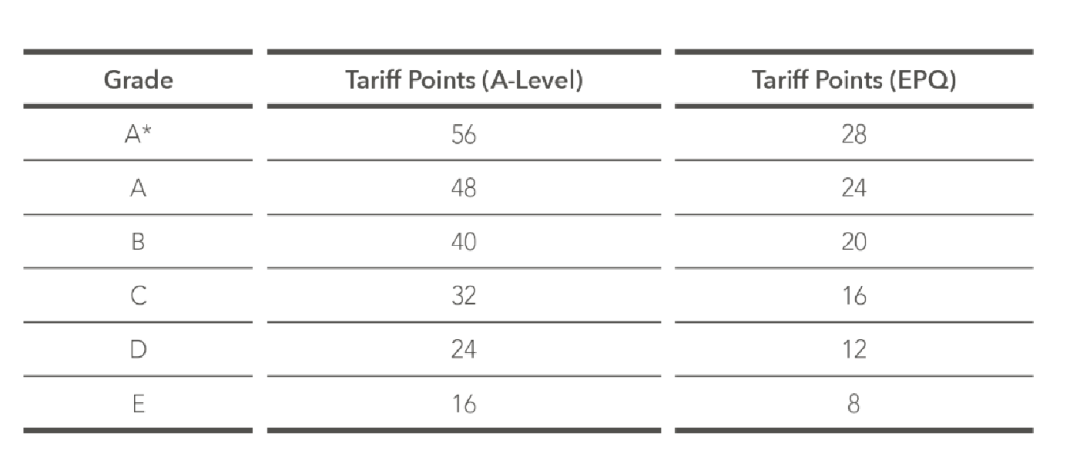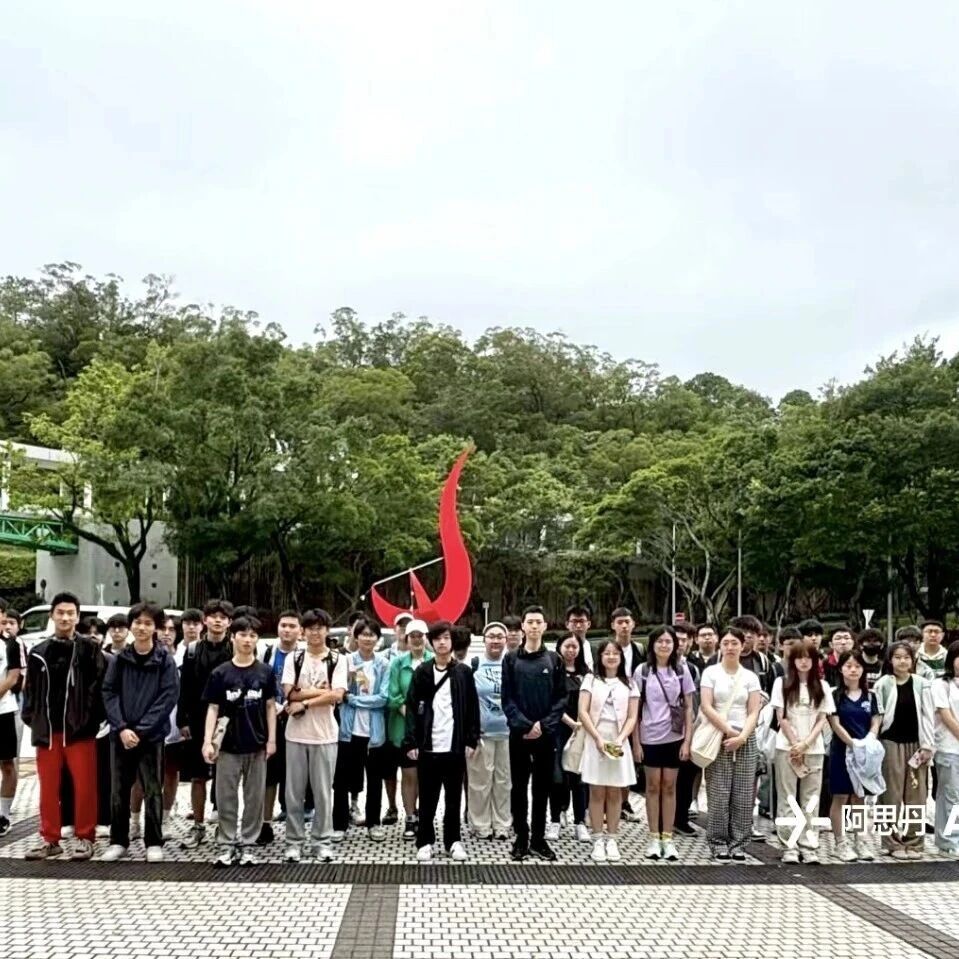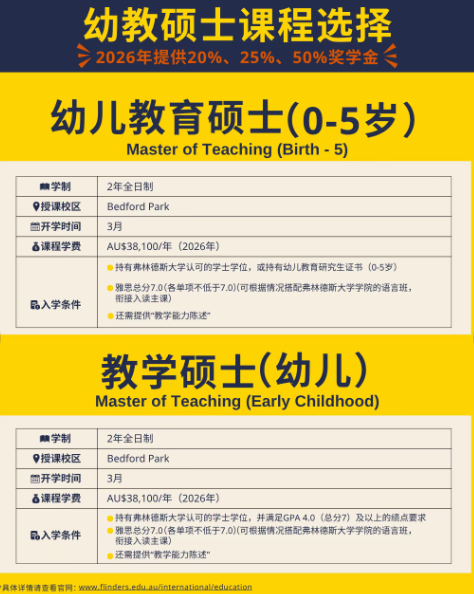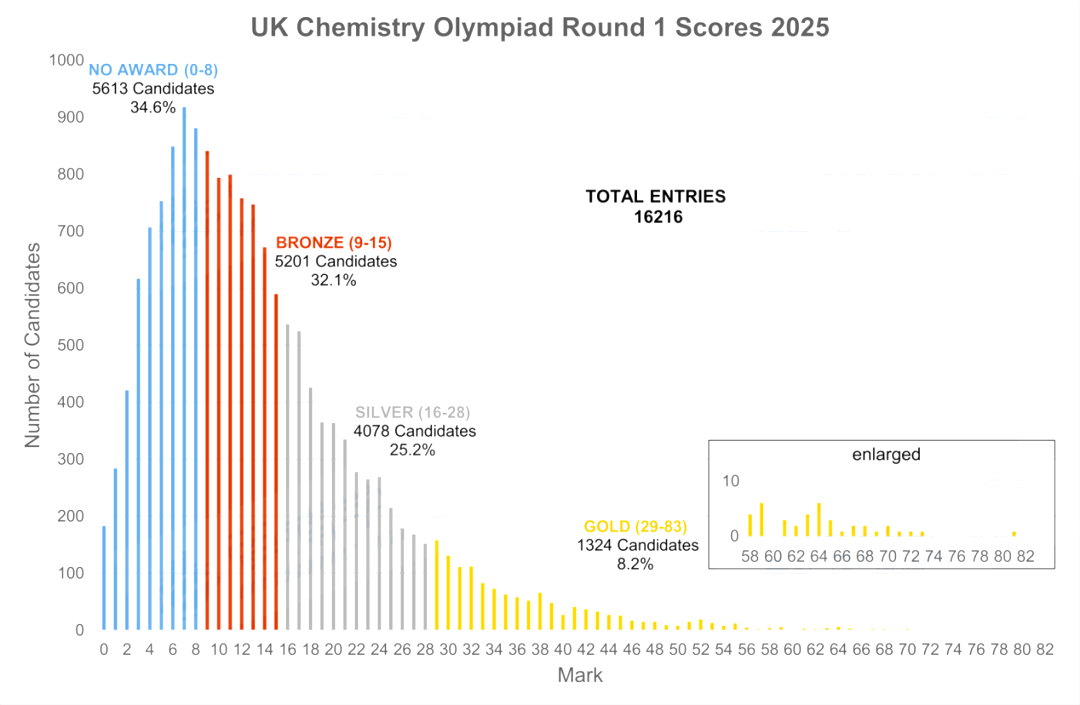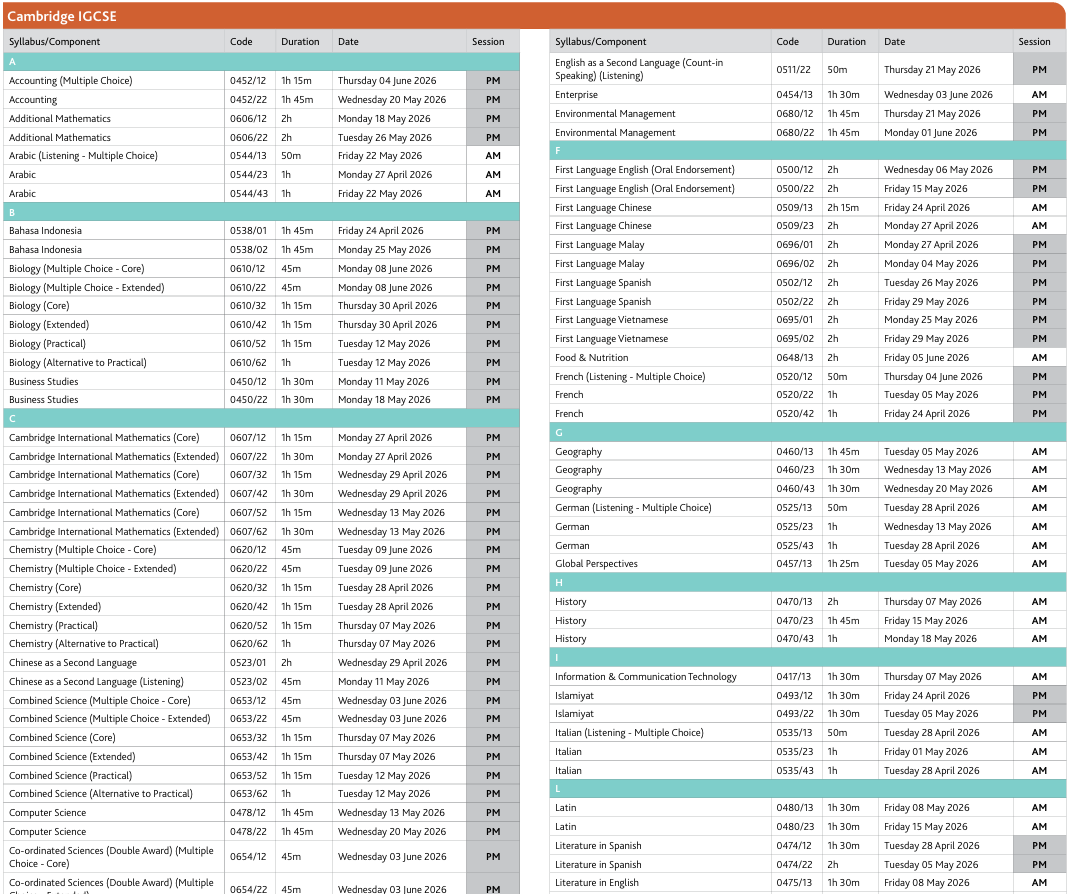WSC Weekly2025世界学者杯the World Scholar's Cup
@WSC小学者们!Jerry喊你来看
WSC Weekly专栏啦!
2025年度主题:重燃未来
Reigniting the Future
WSC Weekly专栏将精选最新话题内容
助力小学者准备世界学者杯!
让我们怀着
永恒的学术精神与信念
探索未来的无限可能吧!
锁定每周WSC Weekly
上期回顾&Quiz答案揭晓
在2025年世界学者杯第25期WSC Weekly栏目中,我们与小学者一起了解了实验室里的病毒“复活”之谜。在上期的趣味Quiz中,你是否找到了正确答案?现在就让我们一起来揭晓吧!
在实验室手搓一个病毒是可能的吗?
Can we create viruses in a laboratory?
第25期Quiz答案揭晓:
If you are a synthetic biologist, which of the following is LEAST likely to be one of your research projects?
如果你是一个合成生物学家,以下哪项最不可能成为你的研究项目?
A. Designing microbes that can convert carbon dioxide into biofuels 设计能够将二氧化碳转化为生物燃料的微生物B. Engineering crops to improve resistance against pests and environmental stress 改造农作物以增强其对害虫和环境压力的抵抗力C. Breeding dogs that are more responsive to human commands 培育对人类命令更敏感的狗D. Reconstructing viruses in the lab to study their behavior and test vaccines 在实验室重建病毒以研究其行为和测试疫苗E. Programming yeast cells to produce complex pharmaceuticals 编程酵母细胞以生产复杂的药物
正确答案:C
Key: C
2025年第26期
Weekly Intro
人工智能将全面超越人类?这是技术的终极突破还是文明未知的转折点?
本期Weekly将深入解析通用人工智能(AGI),探讨其带来的双重用途困境与伦理挑战,一起来看看吧!
2025 No.26
通用人工智能离我们还有多远?
What is AGI and how far is it from us?
AGI定义与起源
通用人工智能,常简称为 AGI,指的是一种能够与人类相匹敌甚至超越人类整体智力水平的人工智能形式。与当前我们使用的“狭义人工智能”系统不同,后者在特定领域(如语言生成、人脸识别或国际象棋)表现出色但功能有限,AGI 拥有广泛的认知灵活性。它能够无需重新训练就学习新技能,适应新环境,并像人类一样在不同知识领域之间整合信息。AGI 的概念早在几十年前就已出现在科学与哲学领域中。艾伦·图灵(Alan Turing)提出的著名“图灵测试”设想了一种场景:如果一台机器能够与人类自然对话,并让人无法分辨其身份是人还是机器,那么它就具备了智能。尽管通过图灵测试一直被视为通用智能的一个标准,但真正的 AGI 远不止语言流利,而是要具备对现实世界深刻且灵活的理解。
Artificial general intelligence, often shortened to AGI, refers to a form of artificial intelligence that matches—or even exceeds—the full intellectual capabilities of humans. Unlike today’s narrow AI systems, which are highly specialized and excel only in limited domains like language generation, facial recognition, or chess, AGI would have broad cognitive flexibility.It could learn new skills without being retrained, adapt to novel environments, and integrate knowledge across different fields in the way people do.The idea of AGI has been part of science and philosophy for decades. Alan Turing’s famous proposal of the Turing test imagined a point when a machine could carry on a conversation so convincingly that a human could not tell whether they were speaking to a person or a program.Passing this test has long been treated as a benchmark for general intelligence, though in practice, true AGI would require far more than language fluency.It would mean possessing a deep and flexible understanding of the world itself.
AGI核心能力
若要实现 AGI,它需要掌握目前 AI 系统只能部分实现的各种能力。例如,它需要拥有人类级别的感知与动作技能,一个真正的 AGI 必须像人类一样看、听、行动。目前的 AI比如如自动驾驶汽车)显示出感知系统仍然非常脆弱,微小的环境变化就可能让其混乱。语言理解是另一个关键难题。现代模型(如 ChatGPT)是基于统计模式生成文本,但它们并不能真正理解上下文、意图或暗示含义。真正的AGI 则必须能够像人类那样,依靠共同经验与常识来理解语言的细微差异。解决问题与适应能力同样是核心。狭义人工智能通常只能完成它接受过训练的任务,而 AGI 则必须能够应对新问题、诊断从未遇到的情况,并能将技能迁移至新的环境。AGI 还可能展现出创造力:不仅仅是从已有数据中拼凑模式,而是真正生成新颖的想法和解决方案。有些专家甚至预测,AGI 未来或许能自行改写代码、加速自身成长,超越人类理解的速度。最后,AGI 还需要与人类进行情感与社交上的互动。真正的交流离不开对情绪的识别、肢体语言的解读和富有同理心的回应。否则,无论它多么智能,依然只是台“冷冰冰的机器”。
For AGI to exist, it would need to master abilities that today’s systems only partially achieve. Human-level perception and motor skills are essential: a genuine AGI must be able to see, hear, and move through the world with the dexterity of people.Current AI, like self-driving cars, shows how fragile machine perception can be—tiny environmental changes can confuse the system. Language comprehension is another key hurdle.Modern models such as ChatGPT generate text based on statistical patterns, but they do not genuinely understand context, intent, or implied meaning.AGI would need to grasp subtleties of language in ways closer to how humans use shared experiences and common sense to interpret meaning.Problem-solving and adaptability are also central. Narrow AI is often confined to tasks it was trained for, but an AGI would have to tackle new problems, diagnose situations it had never seen before, and transfer skills across contexts.It would also likely display creativity, not just remixing patterns from data, but generating truly new ideas and solutions. Some thinkers even suggest AGI might one day be able to improve itself, rewriting its own code in ways that accelerate its growth beyond human comprehension. Finally, AGI would need to engage with humans socially and emotionally. Real interaction requires recognizing emotions, interpreting body language, and responding with empathy. Without this, a machine would remain mechanical, no matter how intelligent it appeared.
AGI交互方式
目前,人们主要通过应用程序和屏幕与 AI 互动。未来,AGI 可能以更加沉浸式和直接的方式出现。例如,虚拟现实与增强现实可能让 AGI 助手成为我们日常环境的一部分。脑机接口技术(如 Neuralink 等公司正在研发的实验性植入设备)未来可能实现“意念控制”机器。机器人的发展也值得期待,无论是仿人型助手还是工业“协作机器人”,都可能成为 AGI 系统的“身体”,在现实世界中与人互动。理解 AGI 与当前 AI 系统的区别非常重要。当前的 AI 工具虽令人印象深刻,但功能狭窄。例如,图像生成器 DALL·E 能创作画作,但无法理解历史、讨论伦理学或修理汽车;医疗 AI 能比医生更准确地识别肿瘤,但无法安慰病人、发明新疗法或用人类语言解释其推理过程。AGI 则是将这些能力融为一体的统一智能。如果说现在的 AI 是一套“专业工具箱”,那么 AGI 就像是一位多才多艺的工匠,能快速学习新工具、新技能,并将知识灵活应用到各种场景中。
Today, people interact with AI mainly through apps and screens. In the future, AGI might be accessed in more immersive and direct ways. Virtual reality and augmented reality could make AGI-powered assistants part of our daily environments.Brain–computer interfaces, such as experimental implants being developed by Neuralink and others, may one day allow direct thought-to-machine communication. Robots—whether humanoid assistants or industrial “cobots”—could serve as the physical bodies for AGI systems, interacting with the world and with people in real time.It is important to stress the difference between AGI and the AI systems we use today. Current AI tools are impressive but narrow.For instance, image generators like DALL·E can create art-like images, but they cannot understand history, debate moral philosophy, or repair a car. A medical AI can outperform doctors in spotting tumors on scans, but it cannot comfort a patient, invent a new treatment, or explain its reasoning in human terms.AGI would integrate all these abilities into one unified intelligence.Where today’s AI is like a toolbox of separate, specialized instruments, AGI would be more like a single, highly adaptable craftsman, capable of picking up new tools, learning new trades, and applying knowledge wherever needed.
AGI实现预测
关于 AGI 到来时间的预测可谓众说纷纭。有些技术专家认为几十年内即可实现,而另一些人则认为可能需要几个世纪,甚至永远无法实现。乐观者认为,机器学习、计算能力和神经网络架构的快速进展说明我们已接近重大突破。而怀疑者,如 MIT 机器人专家罗德尼·布鲁克斯(Rodney Brooks)则认为,AI 的进展比看上去慢得多,AGI 仍遥不可及。要真正实现 AGI,可能需要关键性技术突破。或许是通过量子计算带来的算力飞跃,也可能是跨领域迁移学习的新算法,或是“具身认知”(embodied cognition)(即让机器人通过身体行动学习,来弥合抽象模型与人类智能之间的差距)等新思路。
Predictions about when AGI will be achieved vary wildly. Some technologists expect it within decades, while others think it may not emerge for centuries, if ever.Optimists point to rapid progress in machine learning, computing power, and neural network design as signs we are on the cusp of major breakthroughs. Skeptics like MIT roboticist Rodney Brooks argue that progress in AI is slower than it seems, and AGI could remain far out of reach.Key breakthroughs will likely be required before AGI can exist.Advances in computing power—perhaps through quantum computing—might allow machines to handle the immense complexity of general reasoning. Better algorithms, capable of transfer learning across domains, will be essential. And new approaches like embodied cognition, where robots learn by moving and acting in the physical world, may help bridge the gap between abstract models and human-like intelligence.
AGI潜在影响
一旦 AGI 实现,它将带来巨大的变革。从积极的方面看,AGI 可加速科学发现,攻克疾病、解决气候变化或能源生产等全球性难题。它也可能实现普惠教育、个性化医疗,以及处理那些人类大脑难以胜任的复杂问题。然而,AGI 同时也带来深远的风险。在经济上,它可能颠覆整个劳动市场,使某些职业消失,同时产生新的未知职业。在伦理上,关于偏见、控制与安全的问题将变得更紧迫:我们如何确保 AGI 的行为符合人类价值观?在哲学层面,一台拥有与人类同等或更高智能的机器,将迫使我们重新审视“人类”的意义:AGI和人的区别是什么?具备AGI的机器是否也像人一样应当拥有自身的权利?
If AGI is achieved, its impact will be transformative. On the positive side, AGI could accelerate scientific discovery, cure diseases, and tackle global challenges such as climate change or energy production.It could provide universal education, personalized healthcare, and solutions to problems too complex for human minds alone. But AGI also raises profound risks.Economically, it could disrupt entire labor markets, making some professions obsolete while creating new ones we cannot yet imagine. Ethically, questions about bias, control, and safety become even more pressing: how do we ensure AGI systems act in ways aligned with human values?Philosophically, the emergence of a machine with intelligence equal to or greater than ours forces us to ask what it means to be human—and whether such a machine should have rights of its own.
Weekly关键词 Key Words
artificial general intelligence (AGI)通用人工智能
Turing test 图灵测试
embodied cognition 具身认知
所属话题
The Generative Area: A Mind for Imagination
相关阅读
https://www.mckinsey.com/featured-insights/mckinsey-explainers/what-is-artificial-general-intelligence-agi
Weekly FUN Quiz
相信现在你已经知道了通用人工智能(AGI)的双重用途困境与伦理挑战了吧!那就快来参与本期Weekly FUN Quiz👇,告诉老师你的答案吧!
Quiz
Which of the following tests is MOST likely to be able to distinguish AGI from narrow AI ?
下列哪种测试最有可能区分通用人工智能与窄人工智能?
A. Ask it to attend a job interview and fool the employer into believing she is interviewing a human candidate. 要求它参加工作面试,并成功让雇主相信自己是人类候选人。
B. Ask it to make a coffee based on a menu. 要求它根据菜单制作咖啡。
C. Ask it to improve himself and learn from mistakes. 要求它自我改进并从错误中学习。
D. Ask it to explore an unfamiliar environment. 要求它探索陌生环境。
E. Ask it to enroll in a university, take classes across different subjects, and graduate with a degree. 要求它报考大学,修读跨学科课程并获得学位。
To WSC Scholars:
本期Weekly Quiz正确答案将在专栏下期推文中揭晓!欢迎小学者们关注服务号,进入“WSC Weekly”专栏,此栏目将会持续陪伴小学者们,分享更多WSC趣味学术知识!





